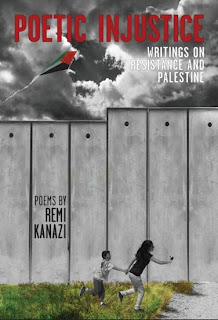Last week I picked up T. Coraghessan Boyle's newest novel, When the Killing's Done, at the library. While it was an adequate diversion for a couple of reading days, mostly it reminded me of why I'd never tried another of his many novels after having read one of his first almost 20 years ago. That book, The Road to Wellville, has to do with the founder of Kellogg's cereal company and of that industry around the turn of the last century. I'm not from Battle Creek but I am from Michigan, and partly because of that the novel piqued my interest, and kept it well enough to read the whole thing through. But I remember it left me with a hollow feeling. I remember feeling as if I had been entertained a bit, not nearly as much as the performer had intended with all his pratfalls and slapstick. I remember feeling that I had just taken a meaningless trip along the surface of something, never dipping underneath to anyplace deep or meaningful.
And so it was again with this latest read. Boyle is an adequate crafter of sentences, and of plot. But his characters are flat. What passes for internal monologue in a book all of whose chapters are written in close-third-person narrative is more like cartoon-balloon "thoughts" than the multidimensional many-layered consciousness through which real humans move and which more interesting writers convey. Nor do we get any meaningful sense of the main characters' motivations. No light shines to let us see beyond the membrane of glibness that wraps all speech and action.
Boyle is a master surface skimmer, and if it's possible this applies even more to the novel's themes than its characters. The story is about a clash between, on the one hand, scientists and conservationists working to defend, restore and maintain endangered species and the eco-balance of a fragile island environment and, on the other hand, animal-rights activists who oppose any such intervention when it entails killing animals of invasive species. The topic intrigued me, it's part of why I checked out the book. Believe me when I tell you I know absolutely nothing more about it after finishing the novel than I did a week ago. I certainly don't know anything at all about the history of these issues, the various movements and how they developed and what class forces they represent, not from this novel that supposedly drops the reader right in the midst of it all. Even without all that, without much information or history or context, I'd have settled for some level of insight into the complexities, confoundments, confusions, the knots and gnarls inherent in this sort of clash of commitments. I didn't get that either. For a writer all of whose books are tagged to some historical or current event or personage—in recent years you've got Kinsey and his sex researchers, you've got the immigration issue, you've got Frank Lloyd Wright and his circle—Boyle seems to have remarkably little to say.
His writing reminded me of no one else as much as Stephen King. Truthfully, though, King's books are more socially conscious than this, and if King's writing doesn't sparkle any shinier, at least his stories do make you feel something, care about somebody.
